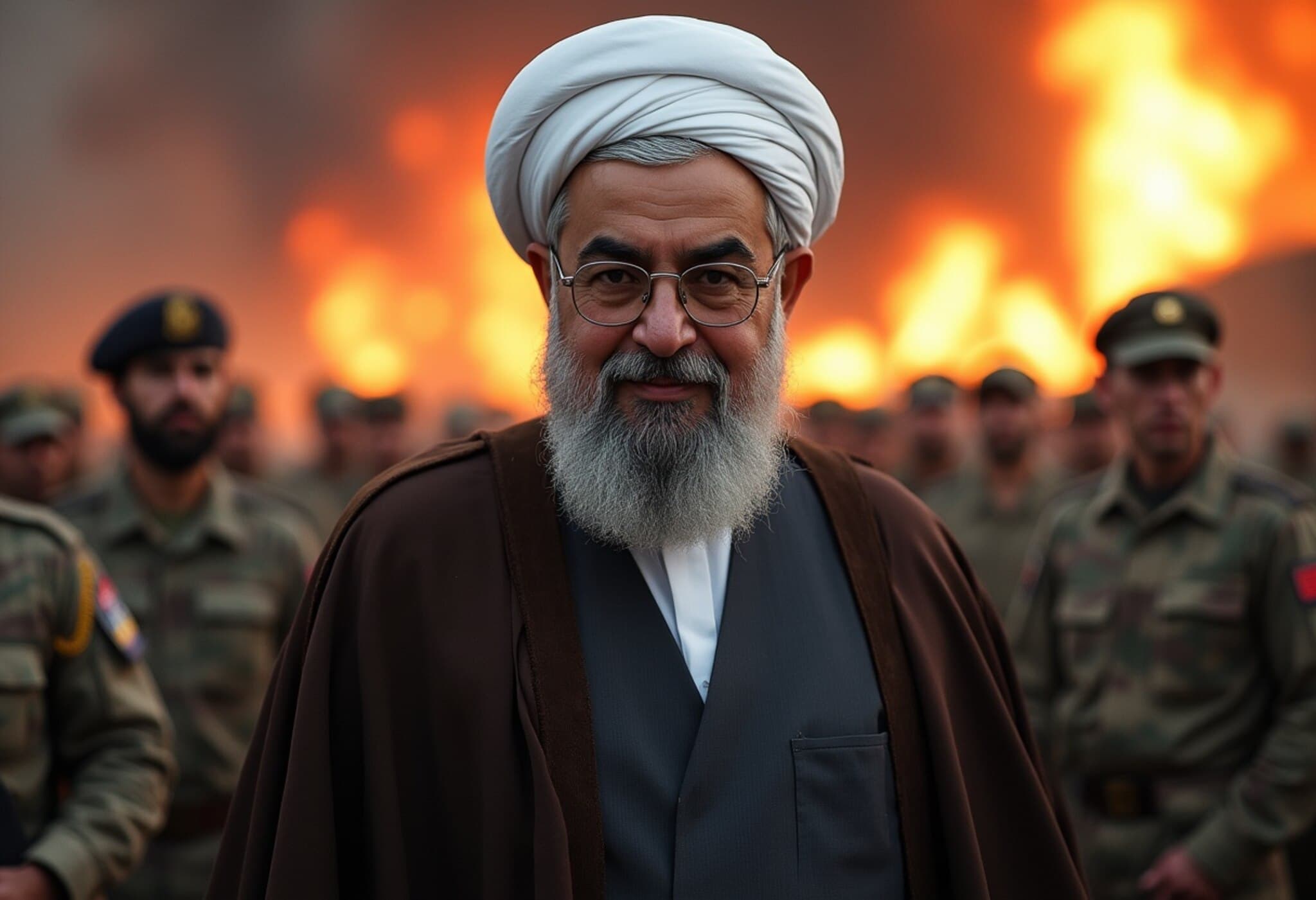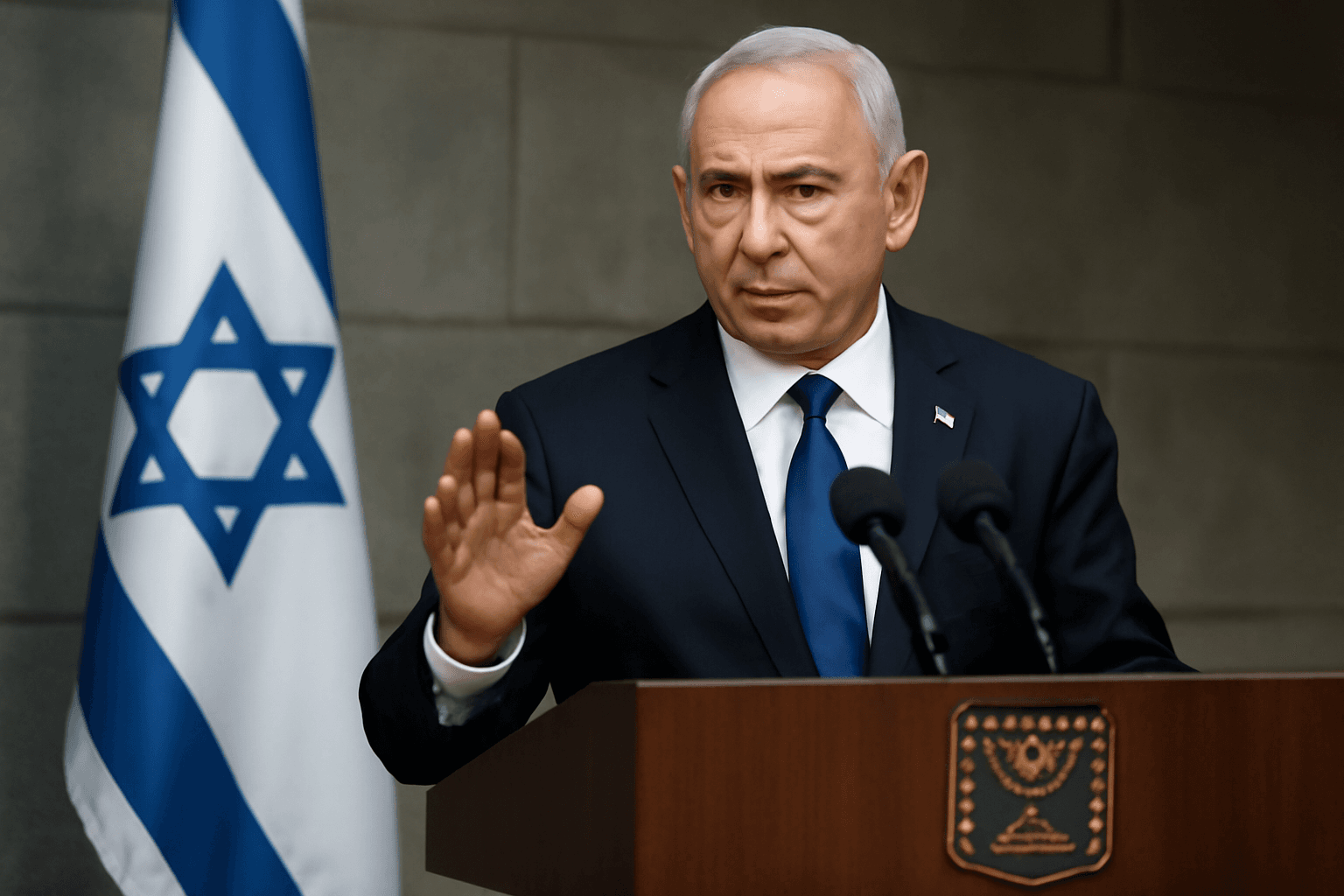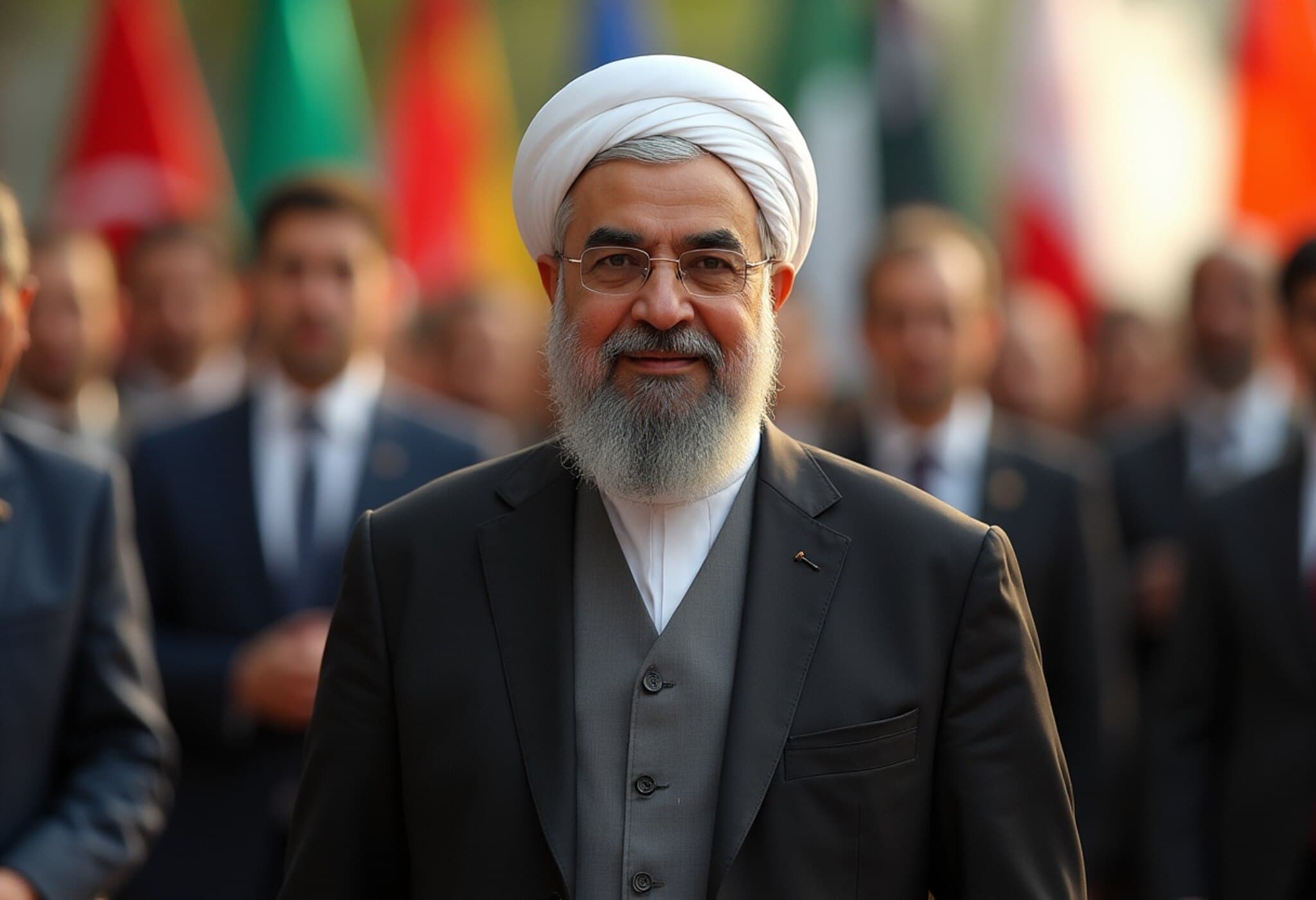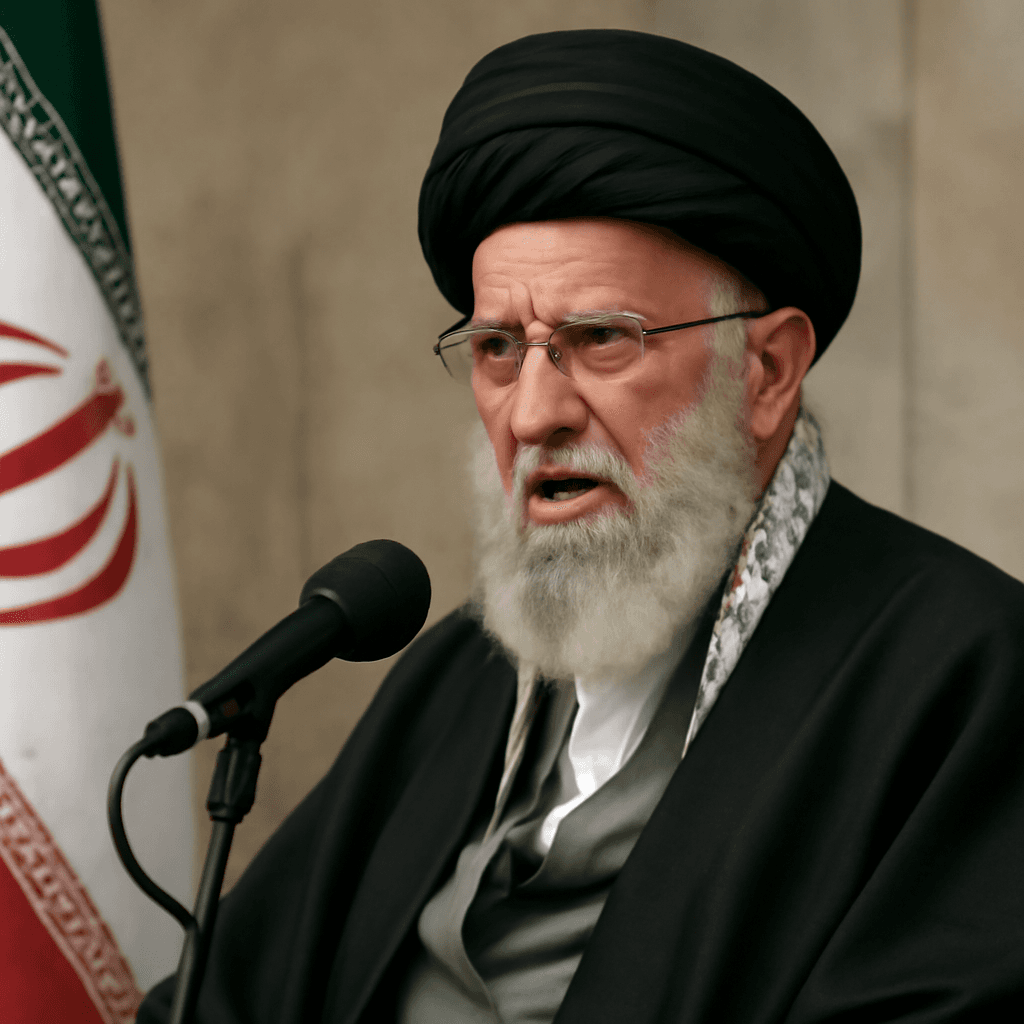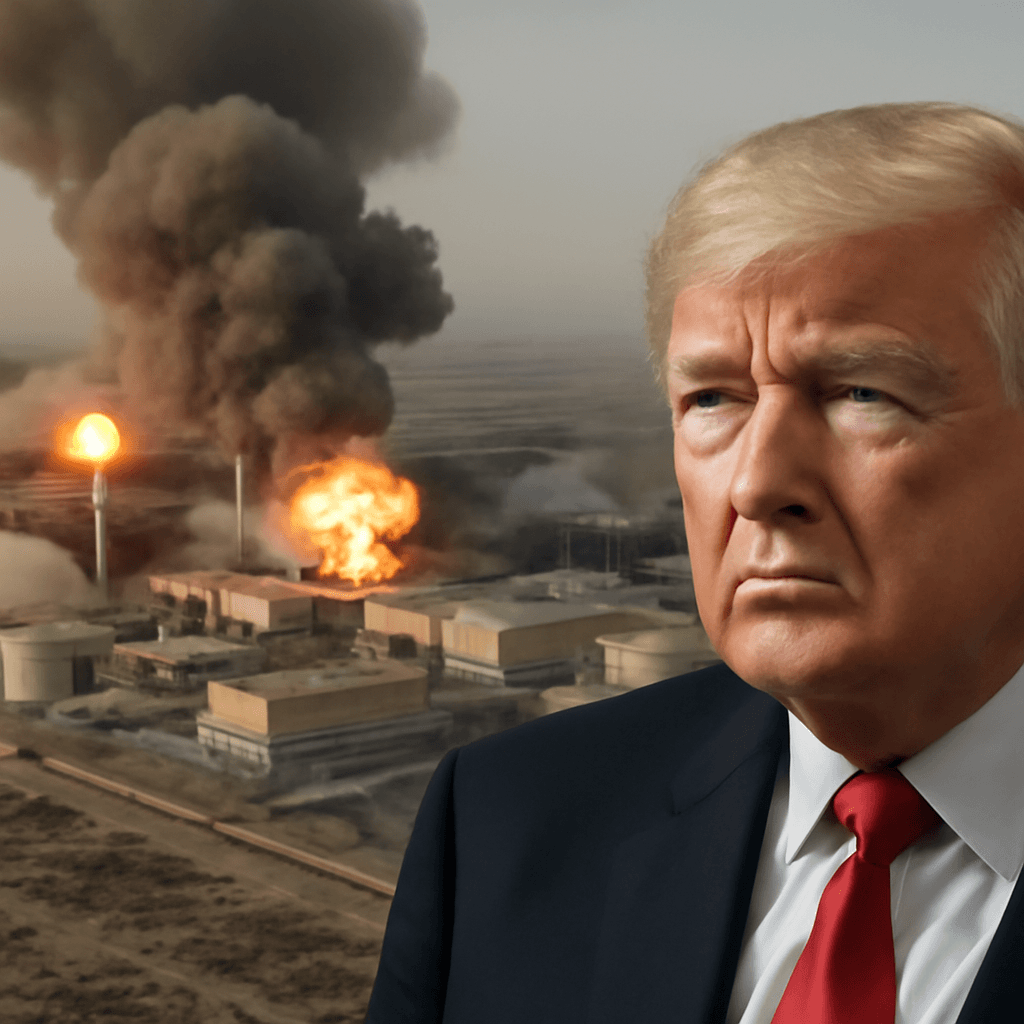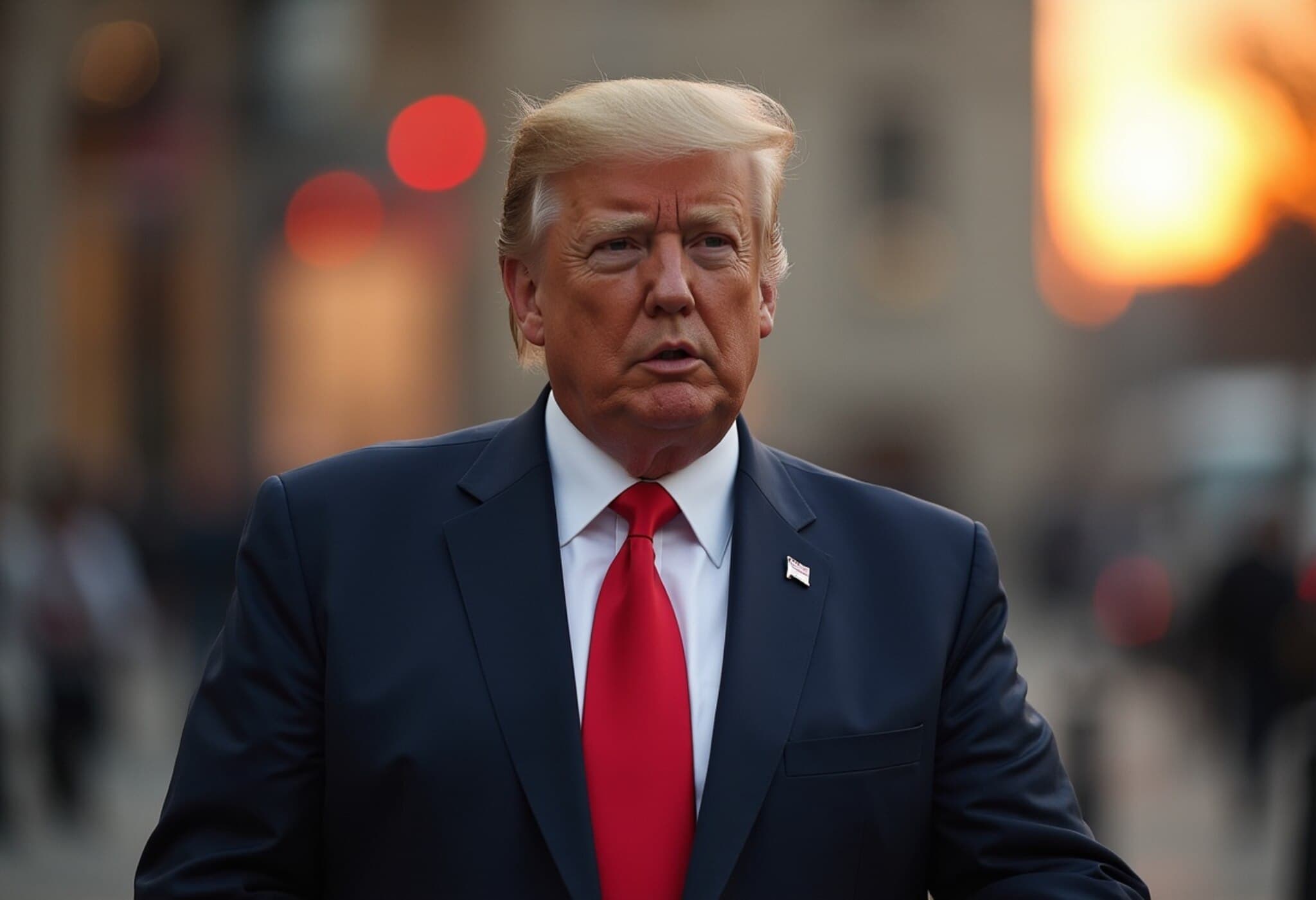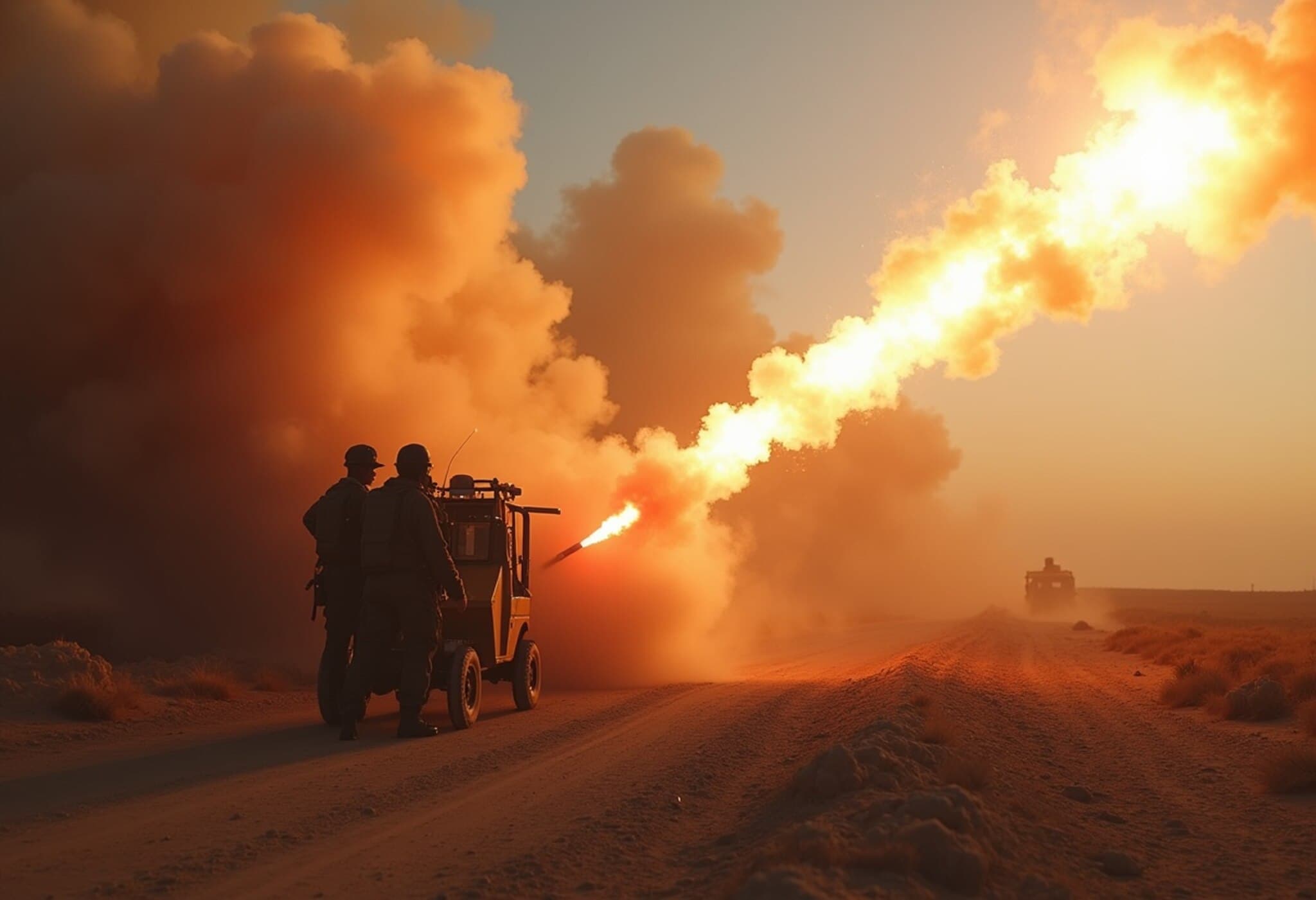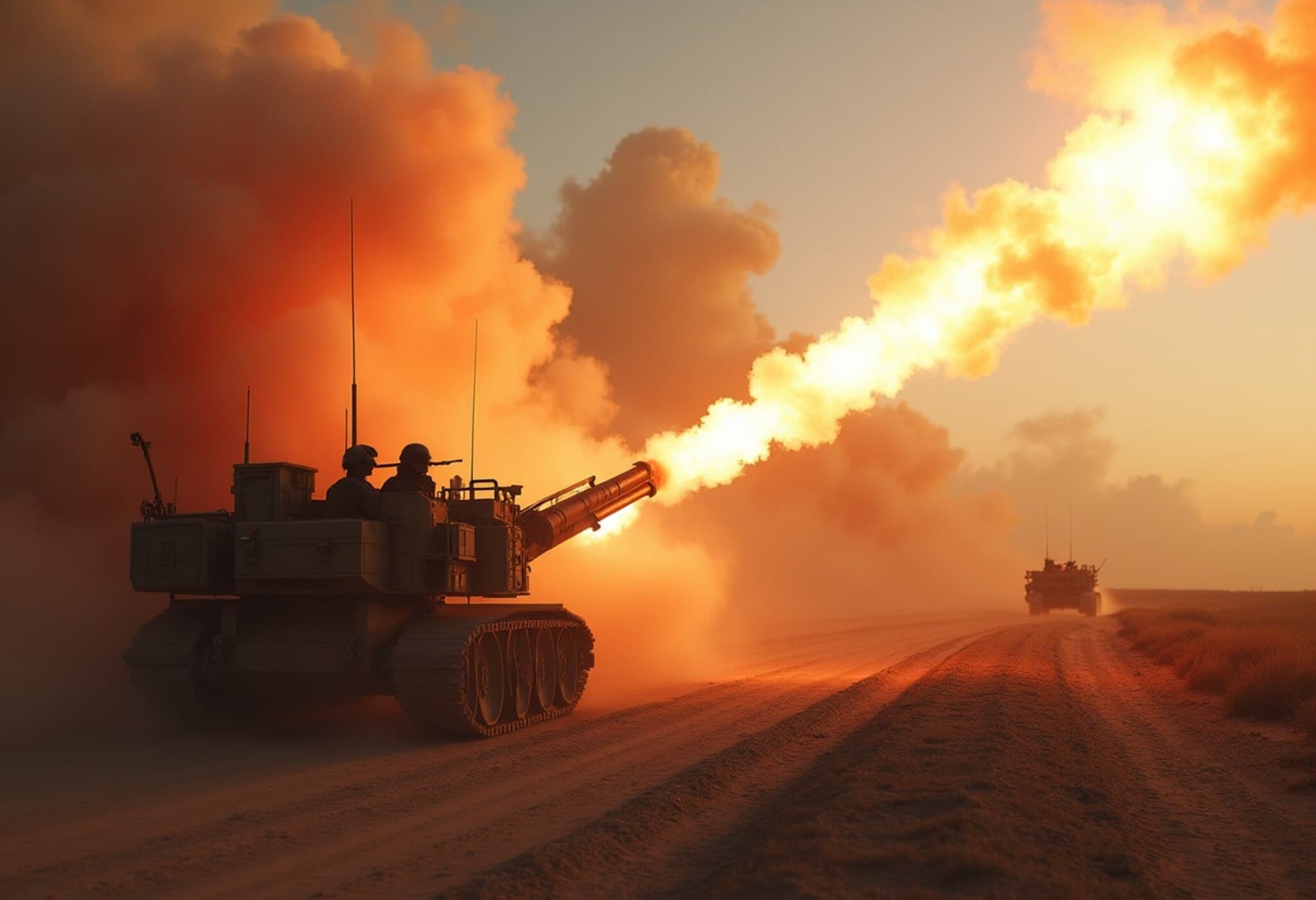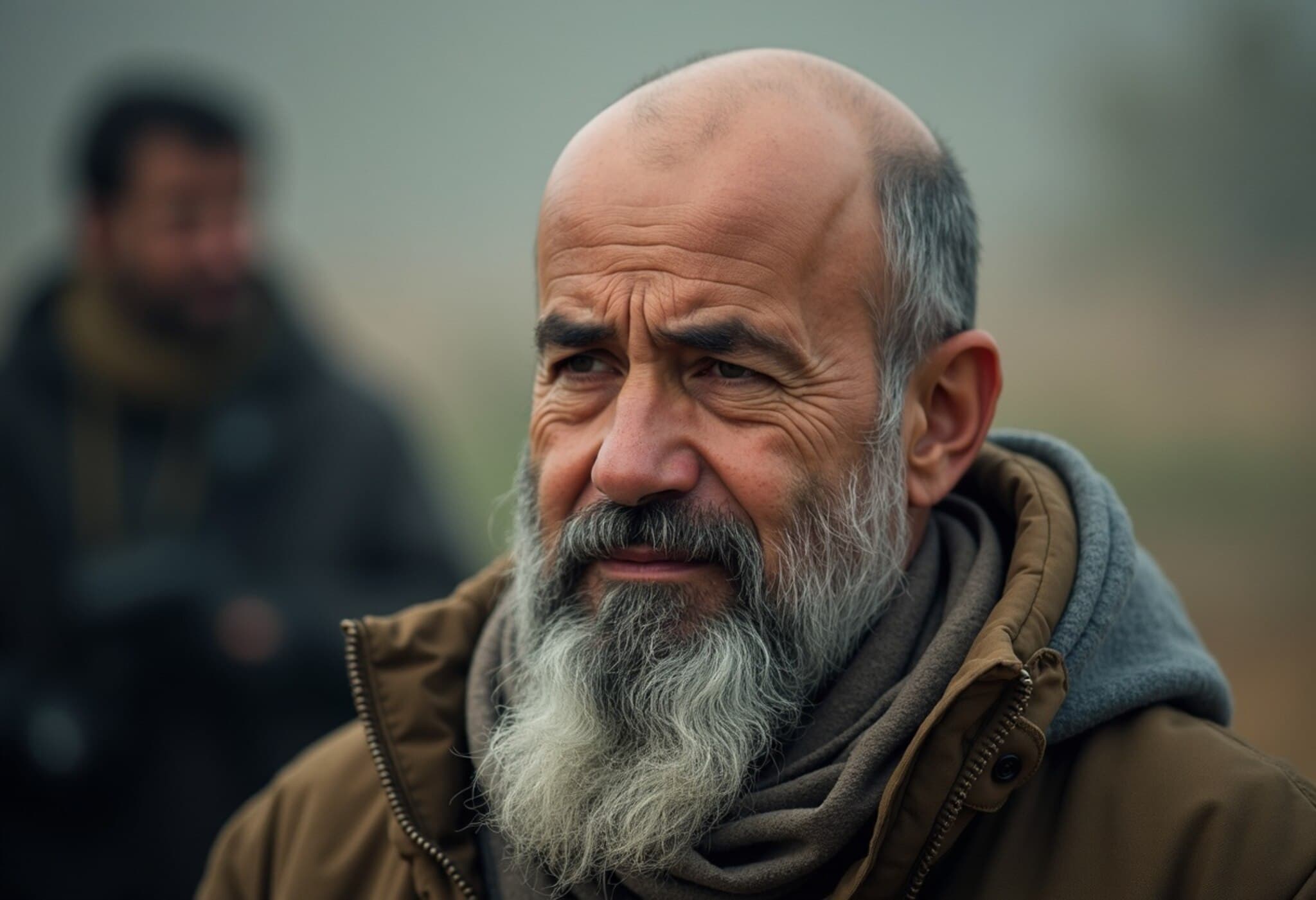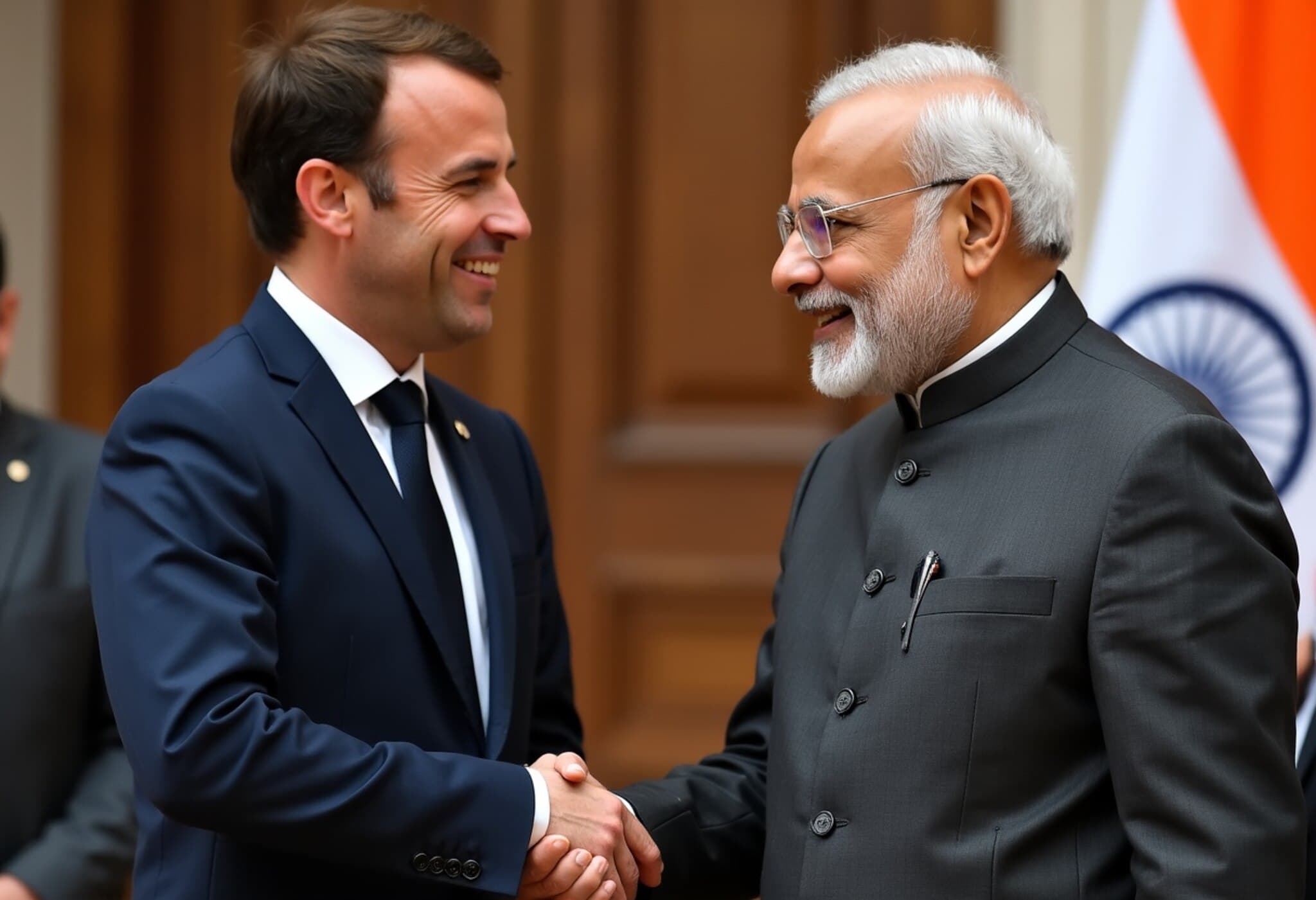Iran Under Siege: A Nation Facing Unprecedented Trials
Iran grapples with mounting challenges both within and beyond its borders. Recent Israeli military operations have targeted and eliminated several pivotal Iranian military leaders, exposing cracks in the regime’s seemingly impenetrable armor. This sequence of events marks a striking moment of vulnerability for Supreme Leader Ayatollah Ali Khamenei’s government, raising a pressing question worldwide: is the Islamic Republic nearing a historic collapse?
Decimating the Inner Circle: Israel’s Tactical Blow
Israel’s ongoing campaign, dubbed “Rising Lion,” has achieved a remarkable feat by neutralizing key figures in Iran’s military hierarchy. Among those eliminated are Hossein Salami (Commander of the Islamic Revolutionary Guard Corps), Amir Ali Hajizadeh (Aerospace chief), and intelligence head Mohammad Kazemi. These targeted strikes have hollowed out Khamenei’s closest military advisers, significantly undermining strategic command and escalating the likelihood of miscalculations.
On June 16, Israel claimed full mastery of Tehran’s airspace, with social media flooded by images of deserted streets and shuttered businesses. Mocking reactions, including symbolic emojis and calls for neighborhood evacuations, contrast sharply with the regime's insistence that normalcy persists.
What This Means for the Regime
- Elite Betrayal: The assassinations imply information leakages within Iran’s highest ranks, hinting at internal fractures fueled by cronyism and suspicion.
- Military Weakness: Despite Iran’s pride in its missile arsenal, recent defenses have failed to prevent Israeli air superiority, sowing doubt among the populace and armed forces alike.
- Public Sentiment: Although protests remain fragmented due to past crackdowns, online celebrations of the deaths of controversial generals reveal simmering popular discontent beneath a veil of fear.
Power Shift: Mojtaba Khamenei’s Quiet Rise
Against this turbulent backdrop, Khamenei’s son, Mojtaba, is increasingly stepping into the power vacuum. While not holding a prominent public role, his deep ties within the Revolutionary Guards and endorsements even from some reformists portray him as the regime’s likely heir and a potential stabilizing figure—though his ascent also highlights the dwindling pool of trusted leadership.
A Regime Tested, But Not Yet Defeated
Historically, Iran has weathered severe external threats and internal unrest, emerging stronger after conflicts such as the Iran-Iraq War. Israel’s strikes may provoke a similar nationalist surge. Khamenei’s response to recent losses has been fierce, vowing no mercy and overseeing swift retaliatory missile launches. Though the missiles were largely intercepted, these actions underscore the regime’s determination to resist.
The Complex Road Ahead
- Internal Collapse: Continued attacks and growing dissatisfaction could unravel the regime, though this remains improbable.
- Succession and Militarization: Should Khamenei step down or die, Mojtaba’s role may expand, supported by the Revolutionary Guards in shaping a new political order.
- Unity Through Adversity: Prolonged conflict might galvanize national pride, binding citizens behind the leadership despite hardship.
- Endless Conflict: The region might face ongoing, low-intensity warfare sustained through proxies, cyber actions, and covert operations.
Israel’s Gamble: Seeking Regime Change or Sparking Wider Conflict?
Israeli leadership aims beyond tactical victories, envisioning a fundamental shift in Iran’s ruling structure. Though significant damage has been inflicted on Iran’s nuclear facilities and military infrastructure, the uncertainty remains whether this will lead to a peaceful transition or ignite a broader regional crisis.
Some security experts caution that the absence of unified opposition within Iran hampers prospects for controlled change, warning that a vacuum could give rise to unpredictable forces. Meanwhile, Tehran retains multiple avenues for retaliation, from proxy engagements to cyber warfare and secret nuclear pursuits.
Conclusion: A Nation at a Crossroads
Iran stands at a precarious juncture, with a leadership battered but unbowed, and a society wrestling with fear and defiance. Whether the Islamic Republic will crumble under relentless pressure or consolidate its power through resilience and adaptation remains a story unfolding in real time.

